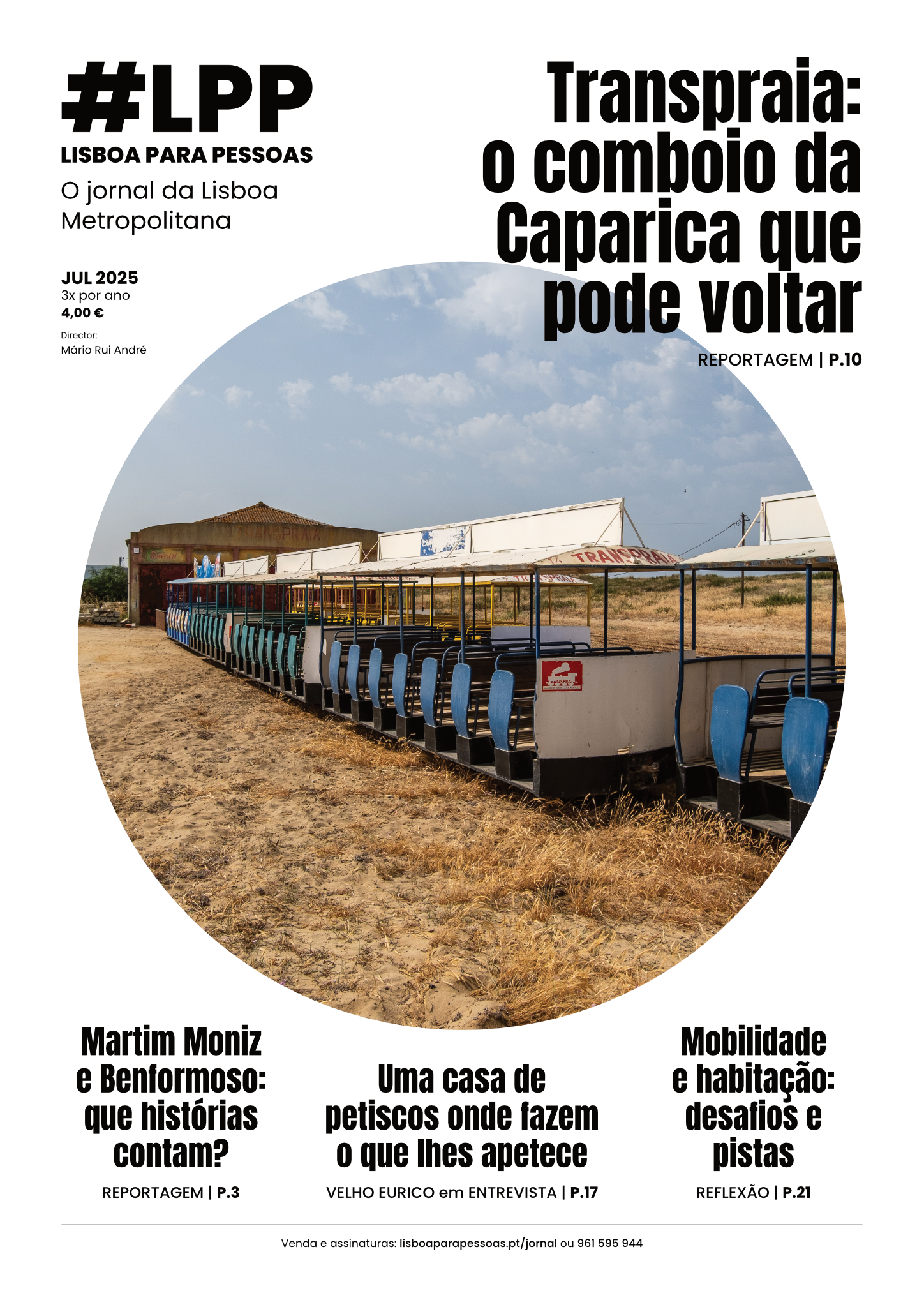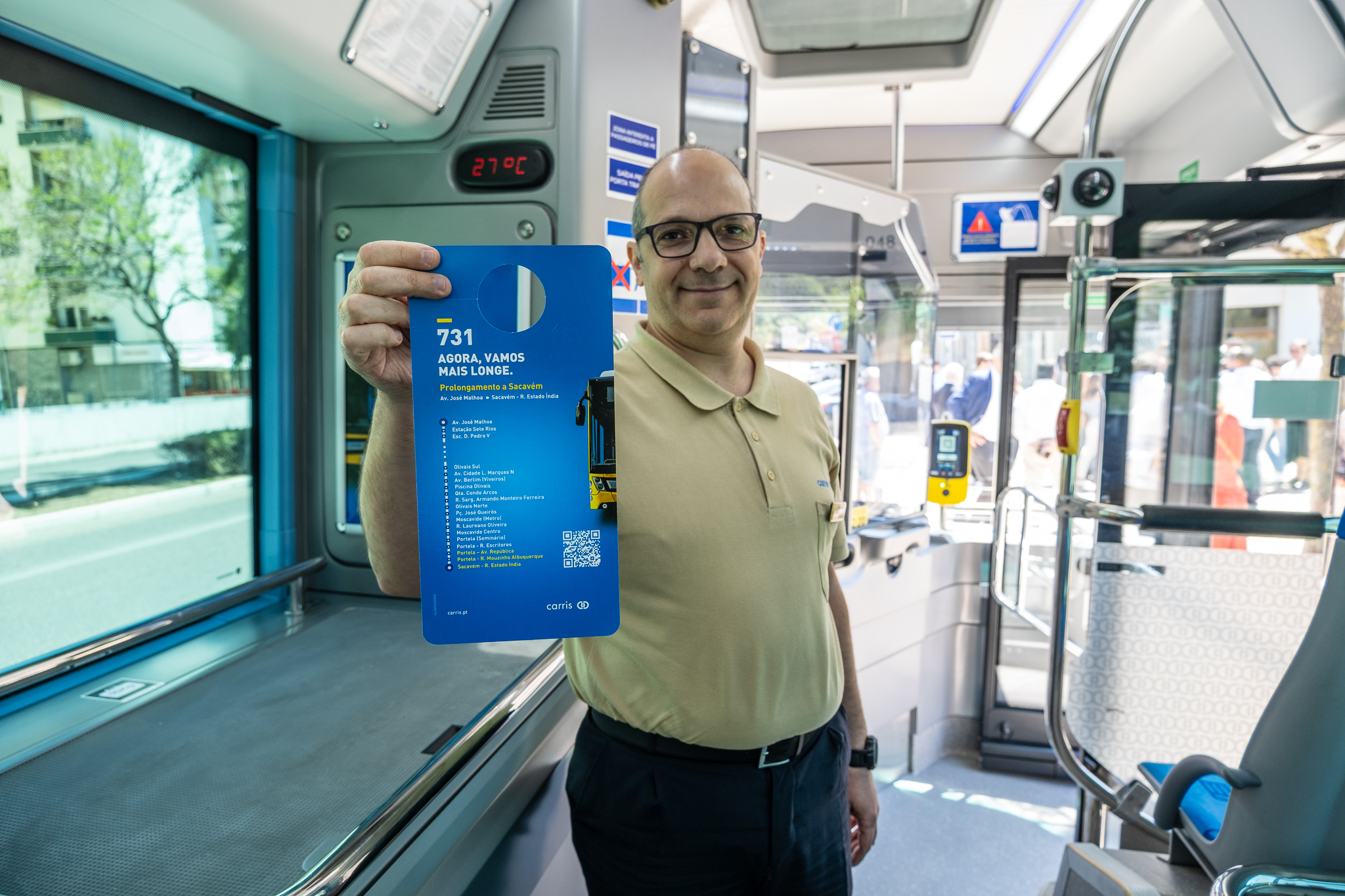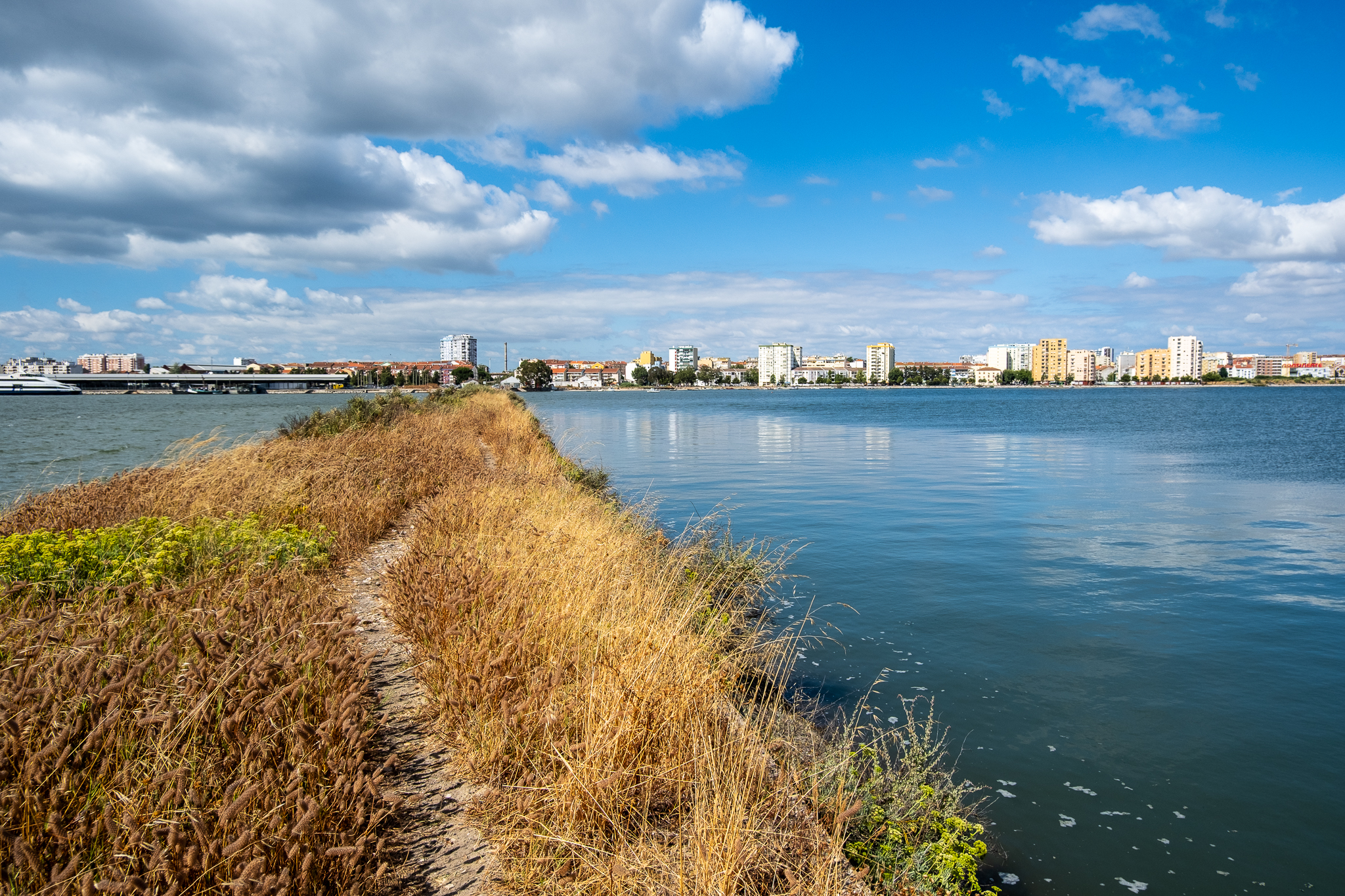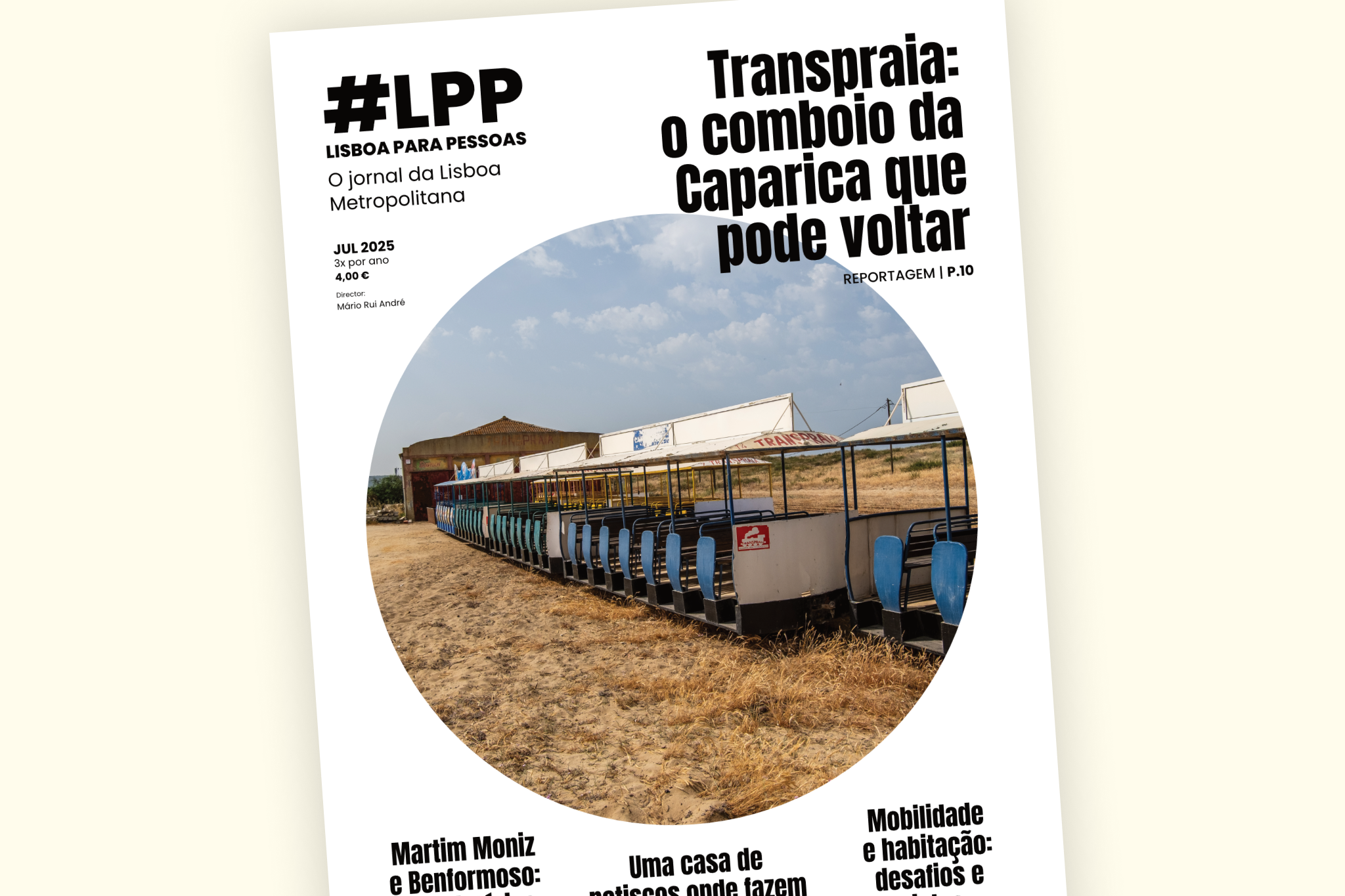Manuel Banza, 28 years olddata analyst and author of the "15-minute city" experience applied to Lisbon, was on Twitter on a confining Saturday night when he decided to go to the Open Street Map and "play" with Lisbon's road and bike networks. The result are two maps that illustrate how much less the bicycle infrastructure in the Portuguese capital is in volume compared to that which exists for automobiles.
The challenge came about through a Portuguese internet user, Francisco Costa, and a sharing of a visualization that made this kind of comparison in Ireland.
Road infrastructure vs Cycling Infrastrucutre in Ireland
- Prasanna Ramaswamy (@prasanna_r0) March 27, 2021
(Fun game: Guess the Greenways! Answer in thread, soon) pic.twitter.com/A3H8f4PxpQ
Manuel Banza created the map for Lisbon; Rosa Félix, researcher from Instituto Superior Técnico, a mobility specialist, did the analysis for Portugal. Through Twitter chat, the two collaborated with Francisco in this small project, sharing the colors and methodologies to make the maps identical. If in Lisbon it's possible to notice a cycling network already with some weight, at the national level it's possible to realize how ridiculous are the existing bike paths.

For the bicycle paths, Rosa extracted the data from the community map Ciclovias.pt because it has more sections; for the roads, she took the information from the Open Street Map, excluding everything that was classified as "pedestrian", "footway", "steps", "cycleway", "unclassified". Rosa says that the bike lane map took a few seconds to export, while the road map "a good few hours"; the difference is in the amount of information each contains: 837,000 road segments as opposed to only 2,200 bike lane segments. Manuel Banza only used data from the Open Street Map.
Open Street Map is, as the name suggests, an open map developed by the community, unlike Google Maps, whose management and licensing depends on the American Google. In Open Street Map not only can anyone edit the map - for example, of their street or town to add missing information or correct an error - and even extract data to create visualizations or other types of data analysis.
According to open data made available by the City of LisbonThere are 1700 km of roads (road network) and about 120 km of bicycle paths (cycling network) in the city. The municipality hopes to reach the end of this 2021 with close to 200 km of cycling, and therefore new connections are underwayincluding the Avenida Lusíada or the Alameda das Linhas de Torres.
Manuel also analyzed the data from Lisbon's pedestrian network. Below, you can see the road and pedestrian network (on the left) and the walking-only routes (on the right):










